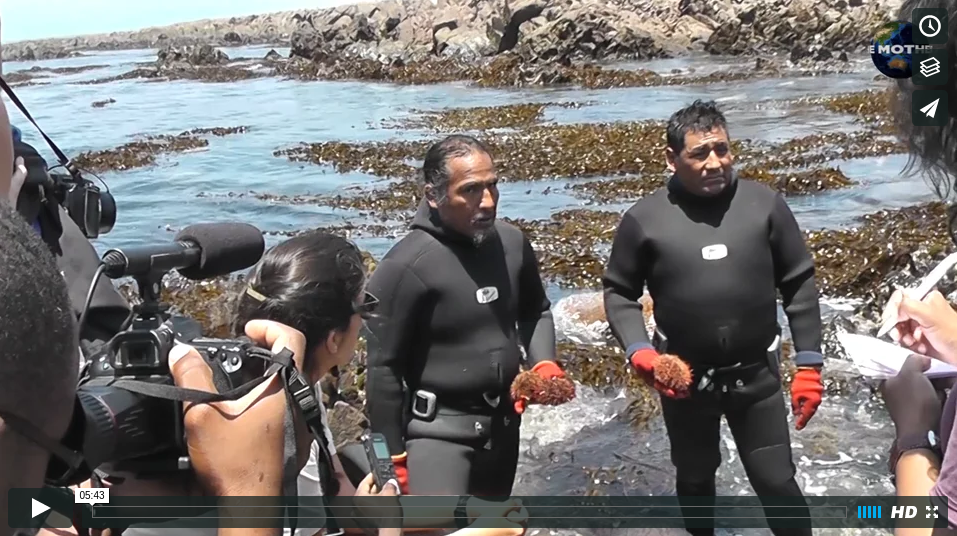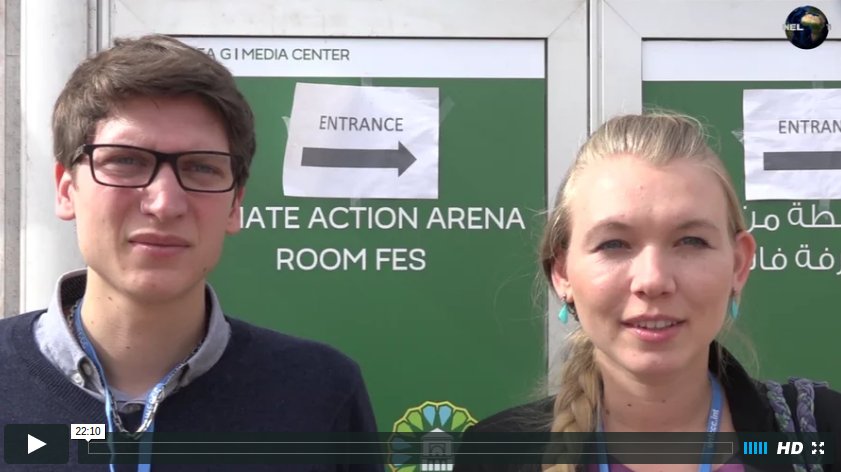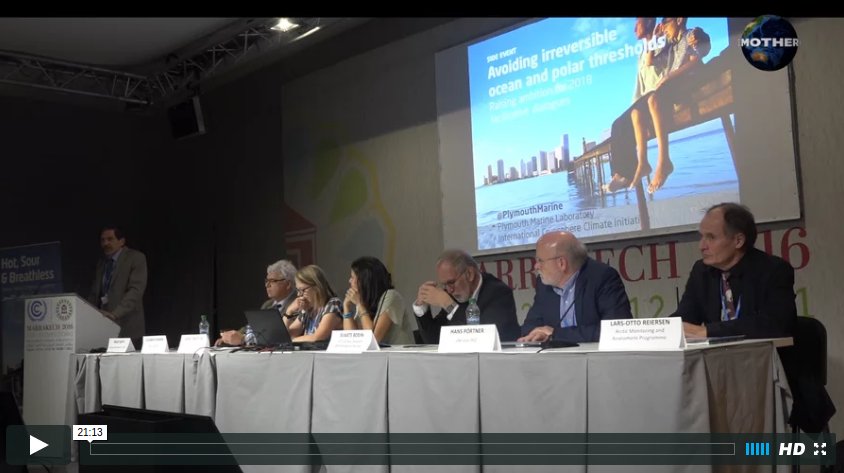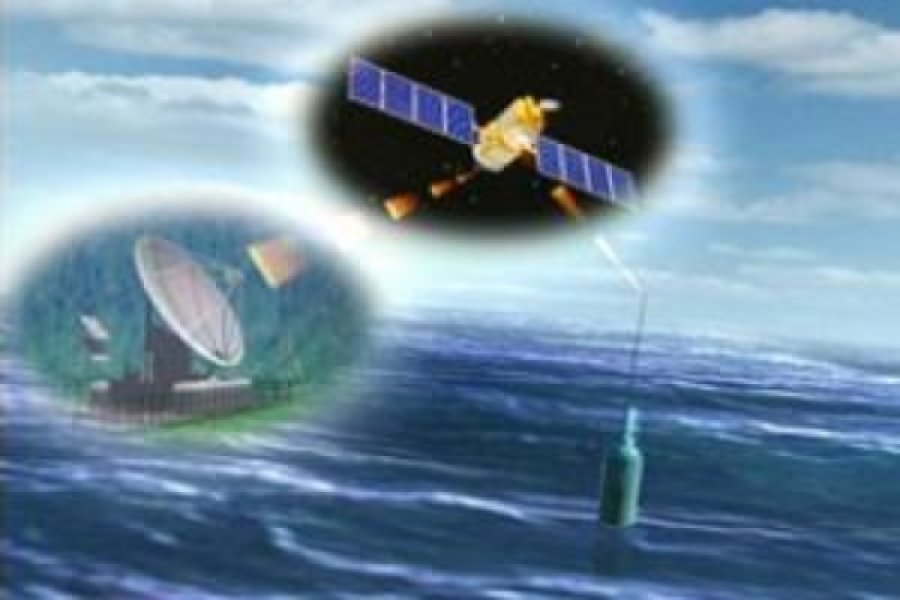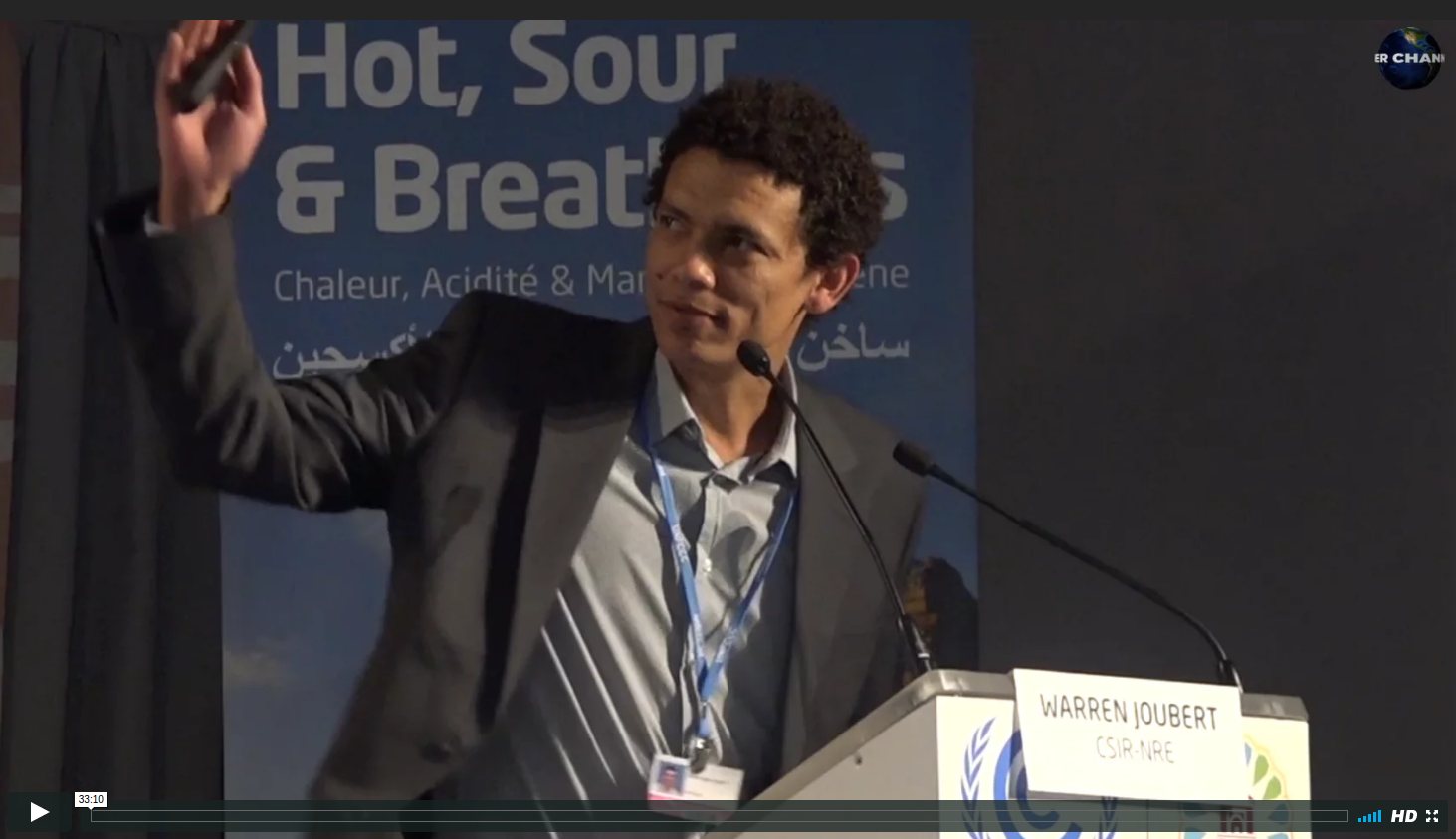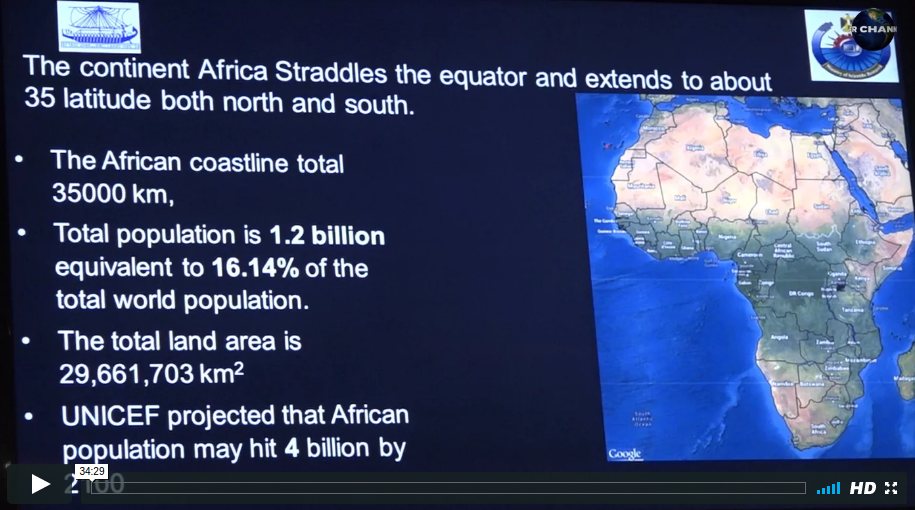- Live Stream
- Climate Change
- ENN
- Environmental Info
- Green Business
- Green Solutions
- Beautiful World
- Categories
- Articles
- Arctic & Glaciers
- Polar Regions and Glacier Reports
- Ethical Dimensions
- Global Warming
- Peatlands & Wetlands
- ENN – The Environmental News Network
- Agriculture
- Chemicals
- Conservation
- Fish Crime
- Forests
- Health
- Mountains
- Oceans
- Energy
- Money
- Green or Gone
- Nutrition
- Permaculture
- Various Solutions
- Powerful
- Watch This
- Water
- Breaking News
- Series ENN
Sustainable Marine Resource harvesting – Local divers
The small mining community of San Juan de Marcona, one of five districts in the province of Nazca, Southern Peru, depends on the port and most of its 20 thousand inhabitants who are fishermen and local divers who practice sustainable marine resource harvesting. The major industry here is the Marcona Mine, but fishing has been […]
CLOSE






